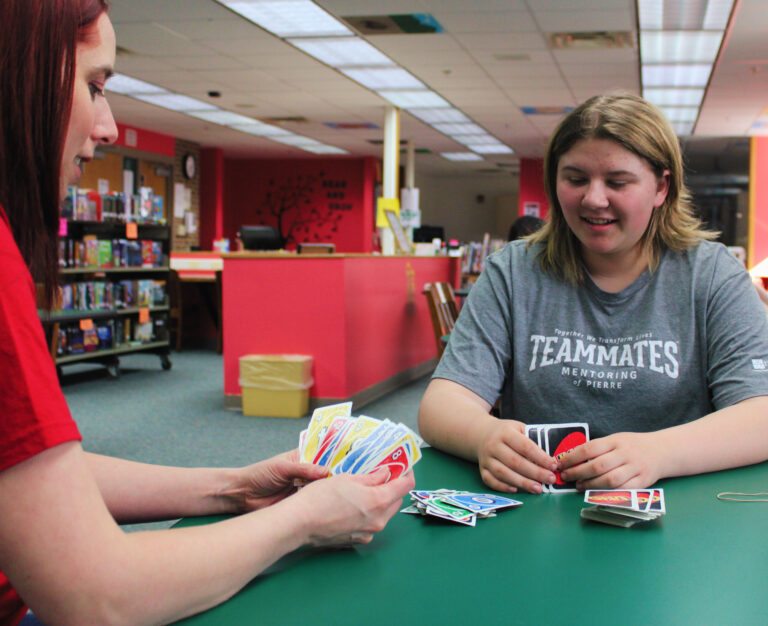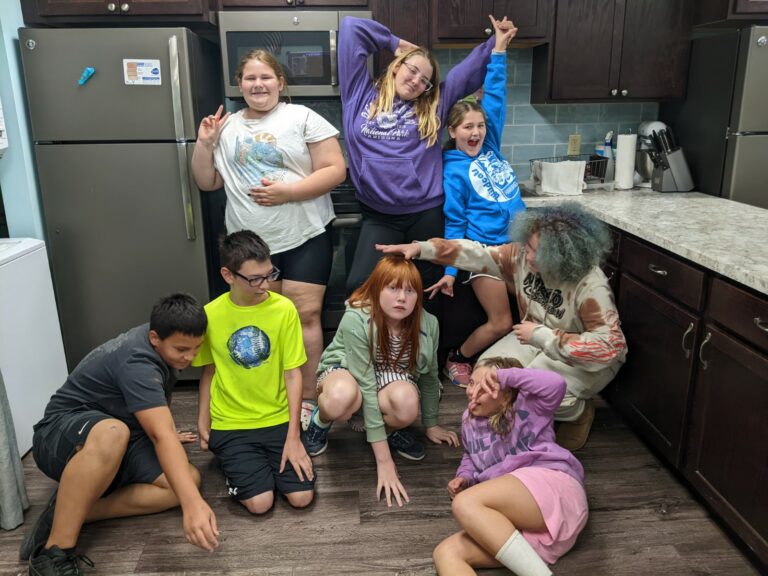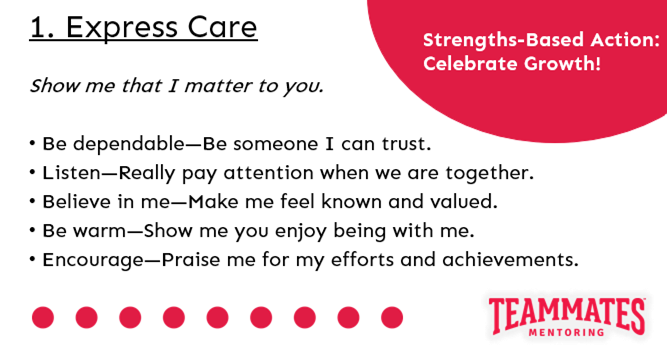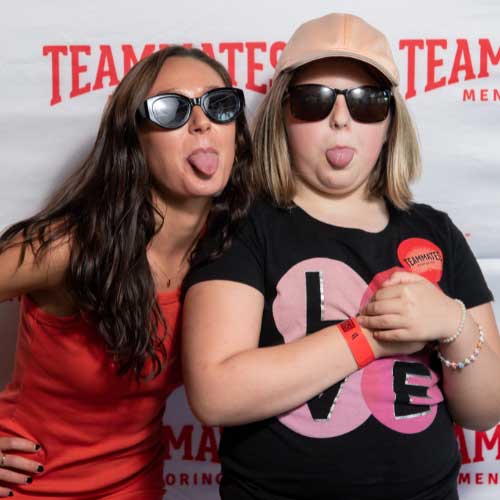6 Ways to communicate with your mentee

Written by: Kristin Kudrna
Training & Support Coordinator
Effective communication is essential to building a trusting and strong mentoring relationship. Young people are still learning how to communicate successfully and they often rely on their mentors to take the lead and teach them how to communicate in this unique relationship.
1. Listen

Listening involves more than just hearing what is said. Active listening requires hearing, interpreting, and responding to what someone says.
3. Pay attention to non-verbal communication

Examples of non-verbal communication are eye contact, tone, facial expression, and body language. Sometimes words and non-verbals do not match. When this happens, it is important to ask questions for clarification, but never “push” the topic if your mentee is done sharing.
4. Use “I” statements

An “I” Statement is one method by which a speaker clearly states what he is feeling because of a specific behavior, action, or event and what action he would like to take to change the situation. The use of an “I” Statement allows the speaker to take ownership of his feelings without placing the blame for his emotions on the person he is communicating with. “I-statements” are set up with the following formula: “I feel ___ when you ____ because ____. What I need/want/would like is____.”
5. Ask questions and summarize

Active listening requires the listener to understand the intent of what is being said. Clarifying through questions and summarizing what is heard helps ensure that you understand the meaning. “Tell me more about that…” is a great opener!
6. Familiarize yourself with generational jargon

Every culture and generation has its own jargon that can be misinterpreted by others. Your mentees may use a word that has multiple meanings. When in doubt, ask!


